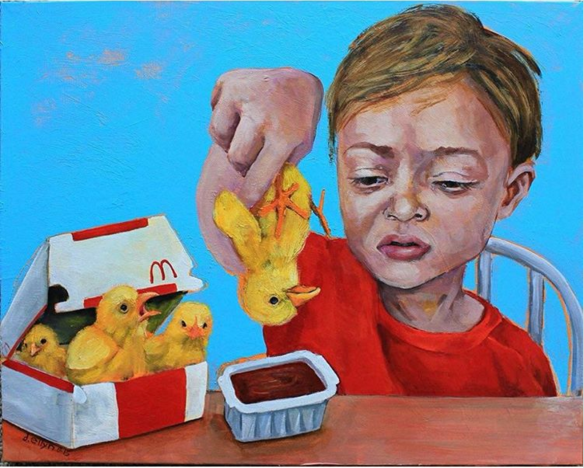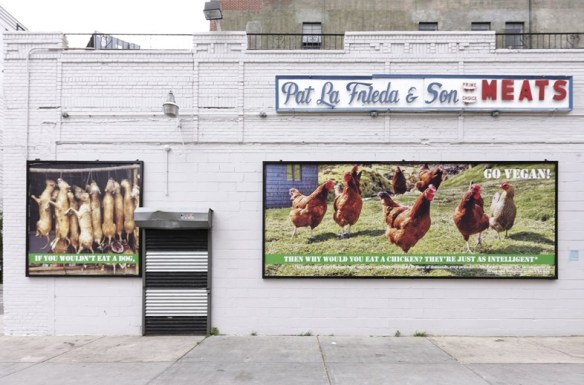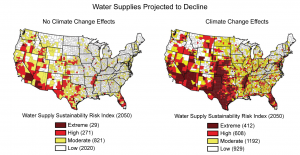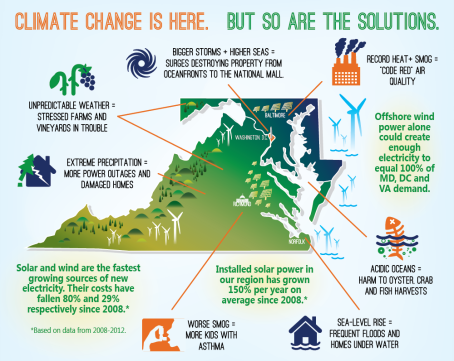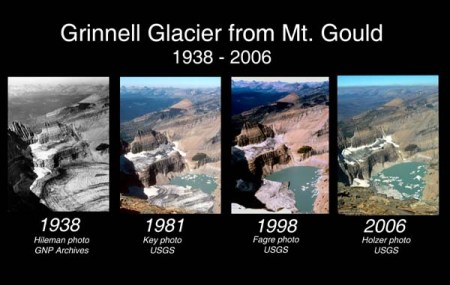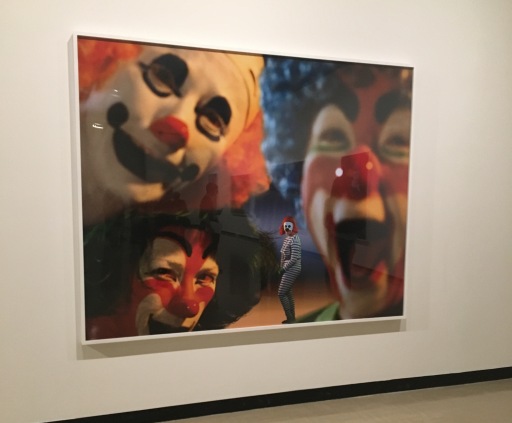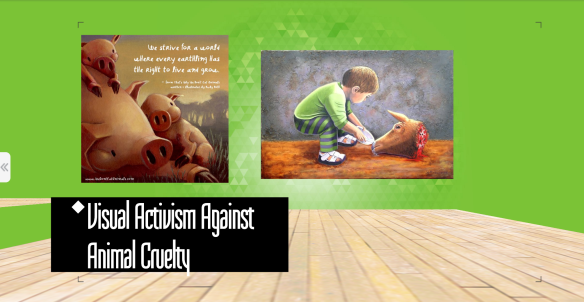
Creative Work by Michelle Davey
When I asked for feedback from my classmates on the G+ community regarding whether they think activism that is being demonstrated live (in-action) or as an art piece, such as a graffiti or sculpture, is more effective in terms of conveying their message the overall consensus was that of a live performance. The more “in your face” the art is, the more impactful it will be. Visual activism through art is a way for the artist to convey their feelings or opinions in a non-confrontational way that allows the audience to see their view and decide for themselves what they want to believe. Art has the ability to create an emotional experience with the viewer. Art is fluid in the way that it connects people who may live in different countries or continents. The topic of animal cruelty is a universal one that many artists are cognizant of.
Throughout this assignment I have been researching many different artists and the mediums they use to showcase their opinion on animal cruelty. I have shown artists who use photography, paintings, books, and art in a more comedic, subtle way to show the consequences of animal cruelty. For my creative work I decided to use a program called Emaze as a way to show what I have learned throughout this project concerning visual activism.
In this final blog post I am going to explore more in-depth some artists whose work I believe to be the most effective. One organization I find to be most influential is PETA. On their website under the category “Why does PETA use controversial tactics?” They replied with “We will do extraordinary things to get the word out about animal cruelty because we have learned from experience that the media, sadly, do not consider the terrible facts about animal suffering alone interesting enough to cover. It is sometimes necessary to shake people up in order to initiate discussion, debate, questioning of the status quo, and of course, action” (PETA, 1). There is no shortage of activism videos in PETA’s playlist but the one that I will be focusing on is a protest outside of a Louis Vuitton store that exposes the violent skinning of crocodiles in Vietnam who are being killed to create these leather bags. Three women whose bodies were painted to look like bloody, dead crocodiles draped themselves over an oversized crocodile-skin bag. With this grotesque image PETA has no doubt captured the attention of onlookers as well as the media. Their message to urge shoppers to buy vegan alternatives is clear.
Another artist whose work captured my attention is Sue Coe. Sue grew up next to a slaughterhouse that is the inspiration for many of her graphic paintings and drawings. Her art can be described as dark and nightmarish yet very impactful. It reveals the harsh truth behind how we obtain our meat. Anyone who views her art will undoubtedly feel her impassioned fury behind these works and while it may not change your mind, it will show you a powerful new perspective.
PETA and Sue Coe are just two of the amazing artists using their creative works as a tool to speak up for those who can’t speak for themselves. They challenge our perspectives on an issue that a lot of us just choose to ignore and put to the backside. I am finishing this blog post with a quote from Nicholas Mirzoeff, “Once we have learned how to see the world, we have taken only one of the required steps. The point is to change it” (298).
Works Cited
Mirzoeff, Nicholas. How to see the world. Great Britain: Pelican, 2015. Print.
“Why Does PETA Use Controversial Tactics?” PETA. PETA, n.d. Web. 29 May 2017.
Officialpeta. “Body-Painted ‘Crocodiles’ Protest Outside Louis Vuitton Store.” YouTube. YouTube, 10 Feb. 2017. Web 29 May 2017.
Yeung, Peter. “The Artists Pushing Animal Rights Further.” Dazed Digital. Dazed Digital, 14 Jan. 2015. Web. 29 May 2017.



